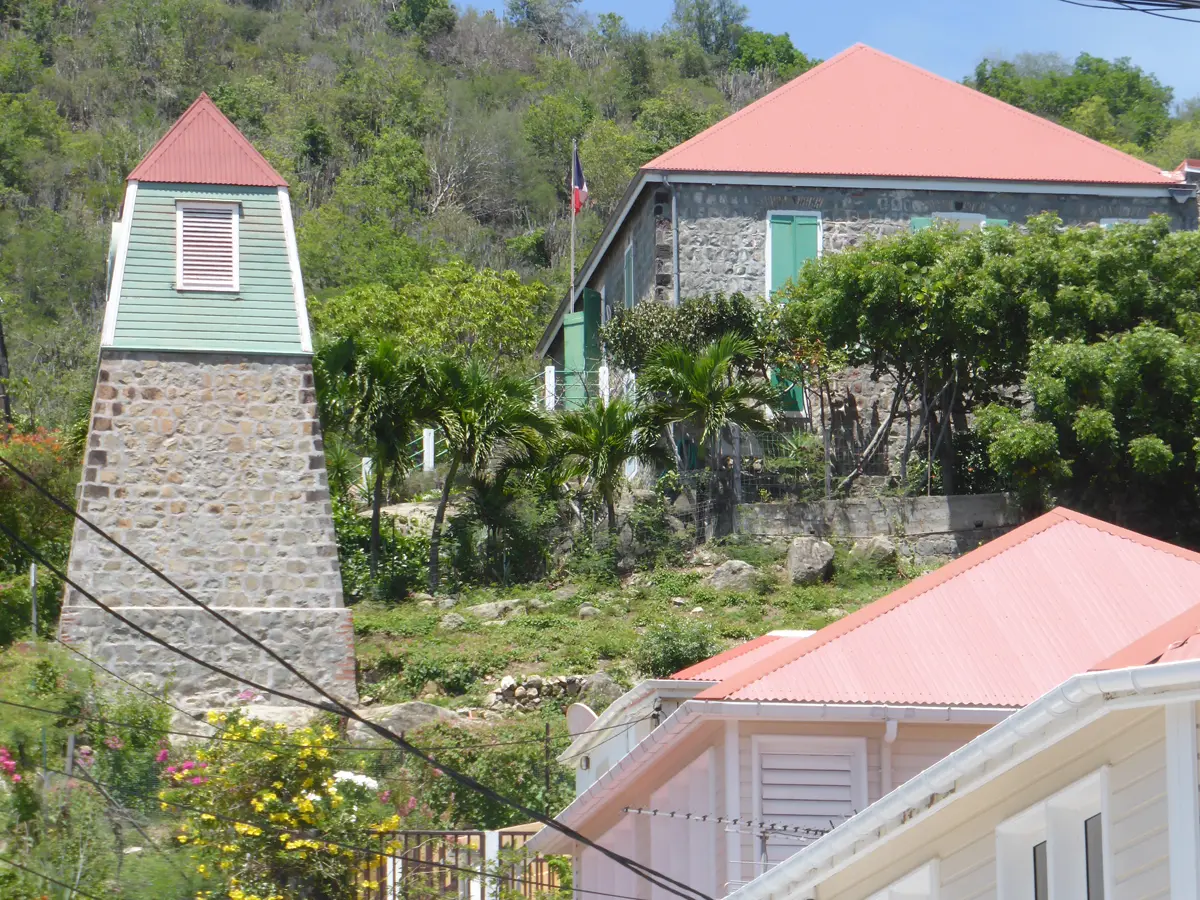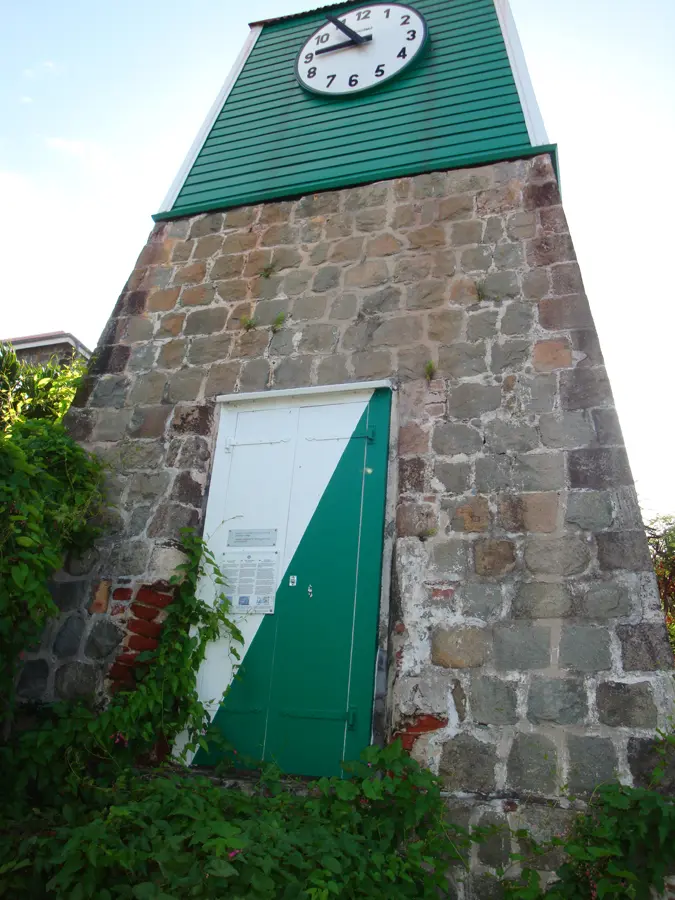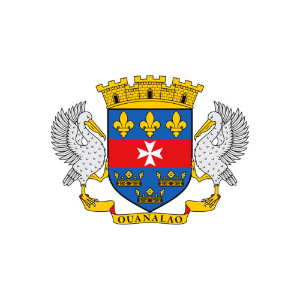The Swedish Belfry, with its distinctive green-painted bell tower, is one of Gustavia’s most iconic landmarks, embodying the island’s rich Swedish colonial heritage. Built in 1799, it replaced the tower of the Sophia Magdalena Protestant Church, which stood nearby until 1857. This timber-framed church, named after the Swedish queen, was one of the earliest construction projects undertaken by Swedish colonists, highlighting their commitment to establishing a religious presence on the island. The church’s consecration on July 22, 1787, by priest Swen Thunborg, marked a significant moment in St. Barth’s religious history.

Its ecumenical nature, serving Lutherans, Anglicans, Catholics, and Methodists, reflected the diverse spiritual landscape of the colony. The great hurricane of 1837, which devastated much of the island, destroyed the church building. Left to decay, it was finally demolished in 1867, leaving the bell tower as a solitary reminder of its existence. The bell tower’s construction, financed by Swedish judge Anders Bergstedt, demonstrates the personal investment of colonial officials in the island’s infrastructure. In its heyday, the bell tower played a crucial role in the community’s daily life, ringing at 6 am and 8 pm to mark the time for all Gustavians.

The addition of a clock face during renovations in 1931 further cemented its importance as a public timekeeper. Today, the Swedish Belfry stands not just as a functional structure, but as a symbol of St. Barth’s unique history, blending Swedish colonial influence with Caribbean island life.
